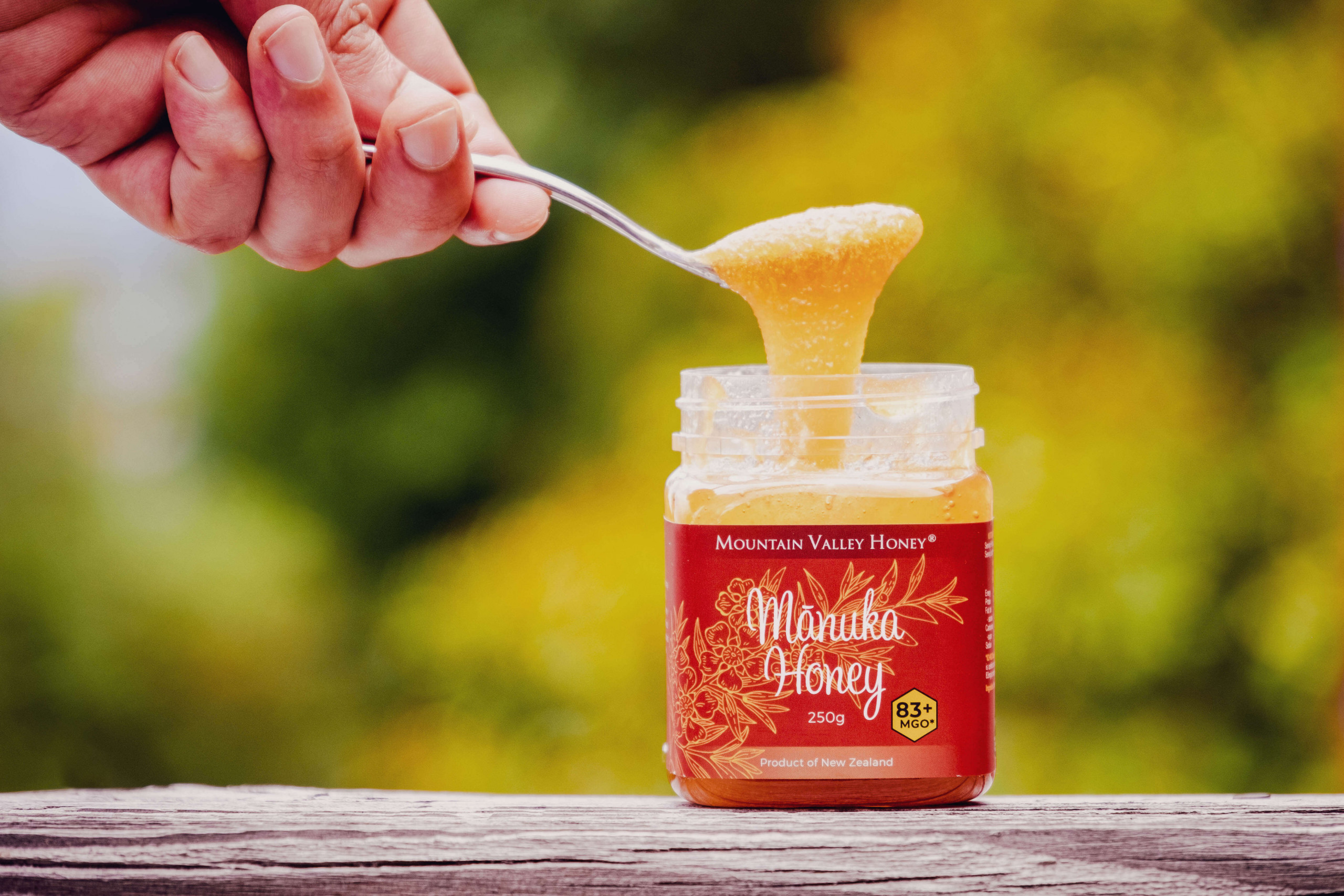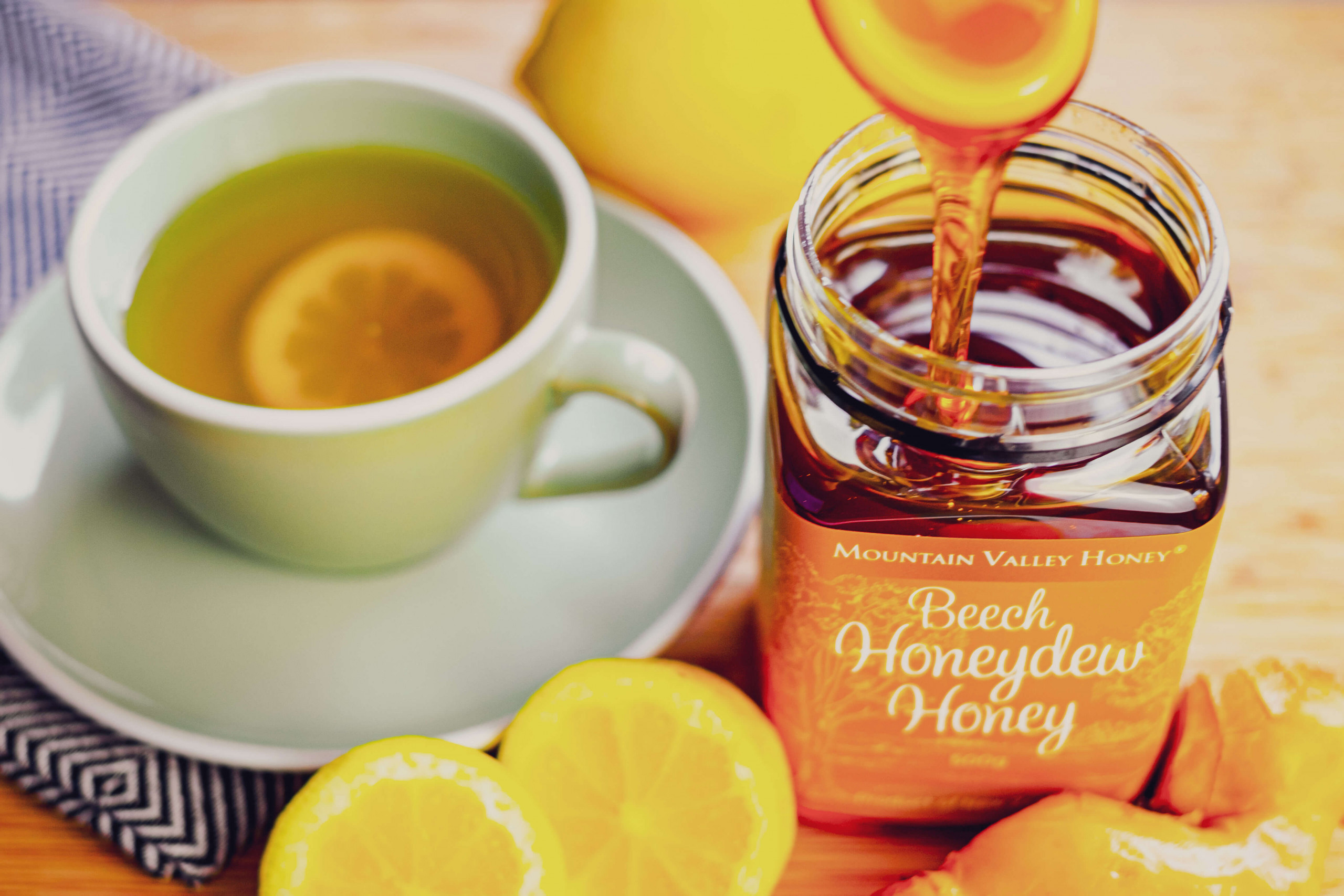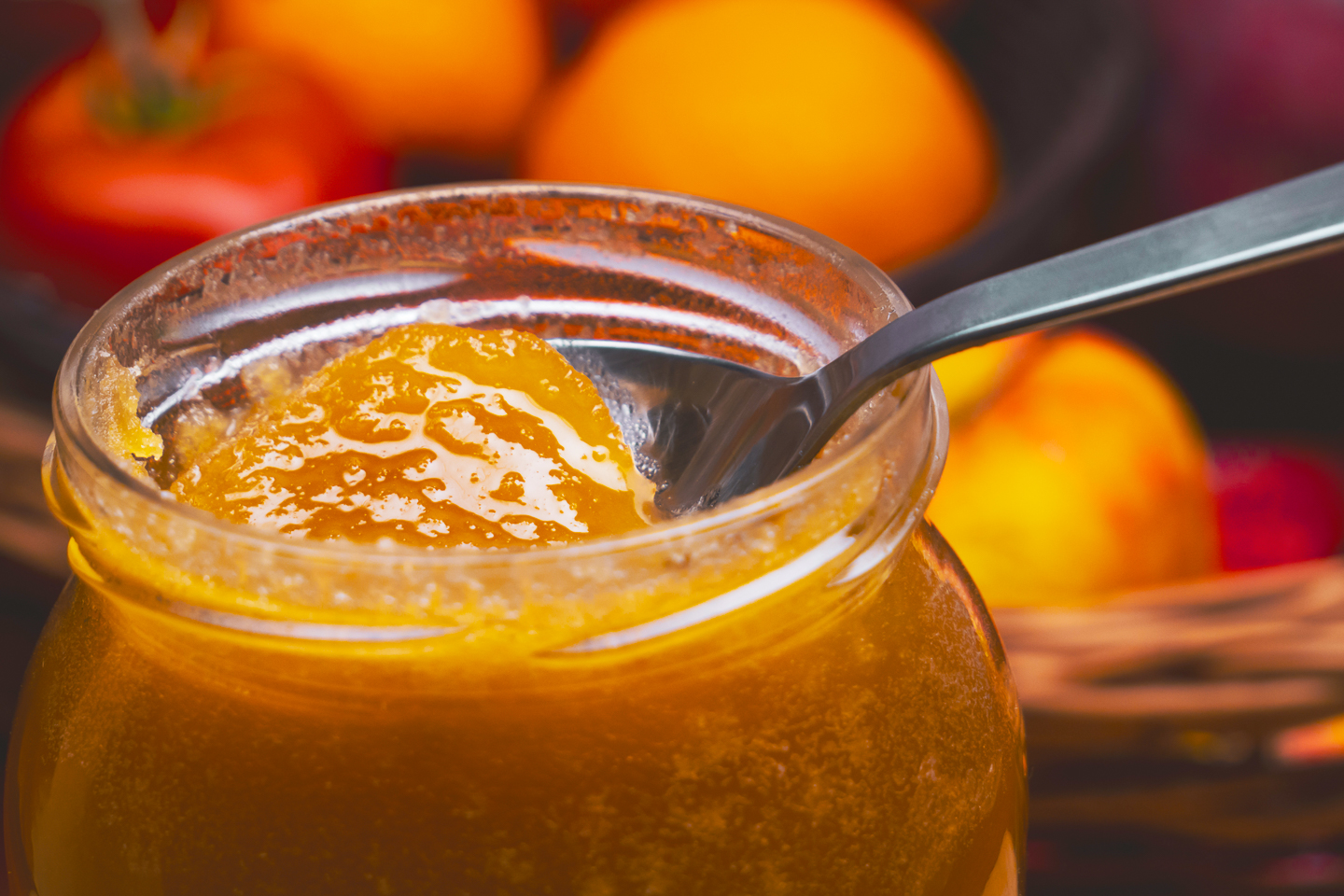What is MGO in Manuka honey? Methylglyoxal explained
New Zealand Manuka honey is produced by bees collecting nectar from the Manuka plant (Leptospermum scoparium). Although this official definition sounds simple enough, it is important to understand the science behind the labelling and classification of this wonderful honey. So what is MGO in Manuka honey and why should you pay attention to this important rating?
What is MGO in Manuka Honey?
MGO stands for Methylglyoxal which is the organic compound responsible for Manuka honey’s strong antibacterial properties. Scientists are still researching exactly how methylglyoxal works with other components to produce Manuka’s unique health benefits.

Methylglyoxal: The health benefits
The MGO rating that you will find on many labels shows the amount of methylglyoxal in the honey. For example, there is at least 83mg of methylglyoxal per kilogram in Manuka honey with an MGO 83+ rating.
In fact, Manuka can have MGO levels up to 100 times that found in other raw honey which is why it is often described as a superfood. Some scientists believe that Manuka acts as a natural type of antibiotic.
Over the last couple of decades, scientists have tested Manuka honey against a wide variety of bacteria strains and found Manuka was effective in reducing almost all bacteria tested, even some that were resistant to antibiotics. Furthermore, attempts to breed a honey-resistant strain of bacteria have not been successful. Manuka has also been found to aid in wound healing and tissue regeneration by facilitating the body’s natural ability to heal itself.
Identifying Genuine Manuka honey
In New Zealand, all Manuka honey for export must be tested by an MPI-recognised laboratory. MPI stands for Ministry of Primary Industries. In 2017, this body was responsible for coming up with a clear system for identifying and labelling all Manuka sold overseas. This was so that international consumers could be confident that they were indeed buying genuine Manuka Honey.
A great deal of science went into creating the MPI’s two-part test that identifies Manuka honey.
The first part is a DNA test to detect the presence of Manuka pollen.
The second test establishes the levels of four key chemicals: Phenyllactic acid, Methoxyacetophenone, Methoxybenzoic acid and Hydroxyphenyllactic acid.
If the sample does contain these five things (Manuka pollen plus the four chemicals), then it really is Manuka.
However, it’s important to realise that these strict guidelines do not apply to Manuka sold in New Zealand. No matter where our honey is sold, here at Mountain Valley Honey we hold all of our Manuka Honey to the highest standard.

Monofloral vs multifloral.
But things are slightly more complicated. Honey with very high quantities of these Manuka-related attributes is called monofloral Manuka honey, and you will see this stated on the label. This is the purest Manuka.
However, it can be difficult to ensure a hive of bees only collect nectar and pollen from Manuka flowers. If the honey contains more than just Manuka, but still contains enough of the Manuka-related attributes, it can be called multi floral Manuka. This just means that the bees have foraged from different flowers as well, and is not 100% Manuka honey.
Here at Mountain Valley Honey, we make sure that our Manuka Honey is the purest available because we go to great lengths to place our hives in dense Manuka forests. This ensures our bees only have the opportunity to collect nectar and pollen from New Zealand Manuka trees.

So what is the UMF rating?
You will notice that some Manuka honey producers use a UMF rating instead of the MGO rating. UMF is a trade-marked acronym standing for Unique Manuka Factor and is another industry-accepted rating. The UMF rating tests for:
- Methylglyoxal (MGO sometimes also called MG)
- Leptosperin — a naturally occurring chemical found only in Manuka nectar
- Dihydroxyacetone (DHA)
- Non-peroxide activity (NPA) — a general measure of the great stuff in Manuka which is not found in other raw honey
The reason the sample is tested for dihydroxyacetone (DHA) is due to a scientific breakthrough in 2008. This research found a direct link between DHA and the levels of MGO. Researchers found that DHA interacts with various other proteins and acids to produce MGO over time. Therefore, the test for DHA acts as an indicator of the potential MGO rating.
Which Manuka Honey rating system is best?
Both systems are really measuring the same thing: the strength of the special stuff that makes Manuka so good for us. Therefore, the tests are equally valuable in providing assurances to the customer that their honey is genuine Manuka.
The table below gives a rough conversion of the two rating systems.
Manuka honey MGO vs UMF
| MGO Rating | UMF Rating |
| 83+ | 5+ |
| 265+ | 10+ |
| 356+ | 12+ |
| 514+ | 15+ |
| 696+ | 18+ |
| 829+ | 20+ |
| 1122+ | 24+ |
Why are MGO ratings so important?
Because of growing health claims about this wonderful natural product, Manuka honey has become highly sought after by customers around the world. A lucrative industry has developed in many different countries.
The strict labelling guidelines, developed by the Ministry of Primary Industries in New Zealand, protect consumers from anyone seeking to ‘cash in’ on the high price tags of quality Manuka. The MGO rating is your guarantee that the honey you buy really is what it claims to be.

Which Manuka Honey is best?
If there is no MGO or UMF rating stated on the label, then the honey has not been tested and certified. It is wise to be wary of labels that include the word ‘Manuka’ without an industry-accepted rating.
Sometimes honey is described as ‘active’ and it may even come with what seems to be a rating, such as ‘Active 20+.’ Just know that there are no rules about using the word ‘active.’ If you want the real thing, then stick with the properly labelled products.
The best Manuka honey is sourced in the beautiful New Zealand wilderness and is brought to you by people who care for the environment and really care for their bees.
If you are buying Manuka honey in New Zealand, remember that the MPI rules do not apply in the domestic market. Always look for producers who hold themselves to the same high standards regardless of whether the honey is destined for Kiwi pantries or heading overseas. Here at Mountain Valley Honey, we do exactly that. You can always be sure that you’re buying certified Manuka Honey – whether you purchase our Manuka in New Zealand or overseas.
So what is MGO in Manuka honey? Above all, it is a great indicator of the honey’s quality and ensures that your honey has been certified genuine Manuka. As with any great food — get to know your honey producers and choose ethical and sustainable beekeepers.



